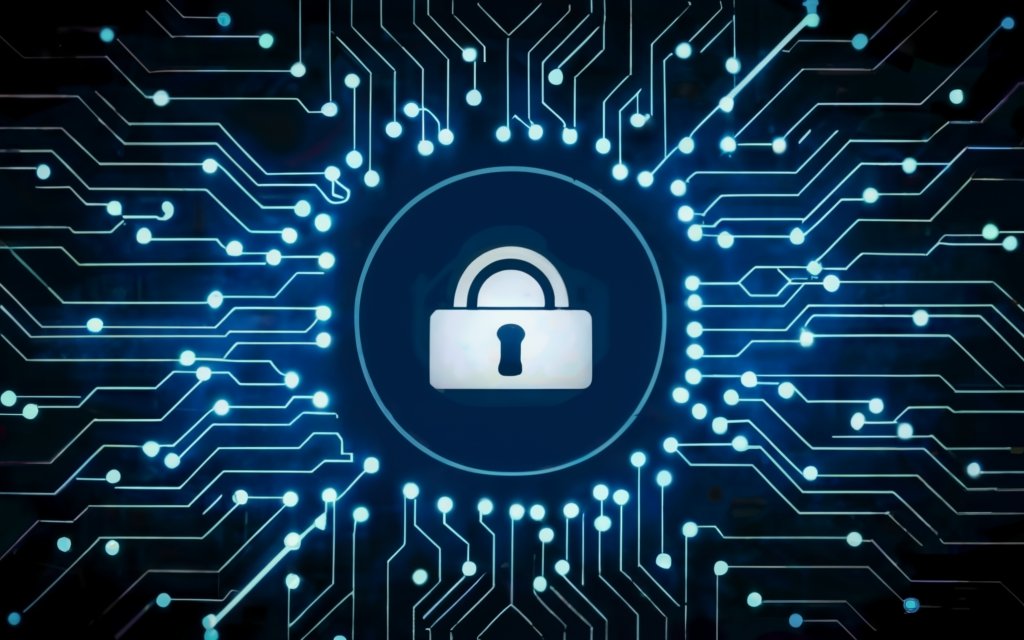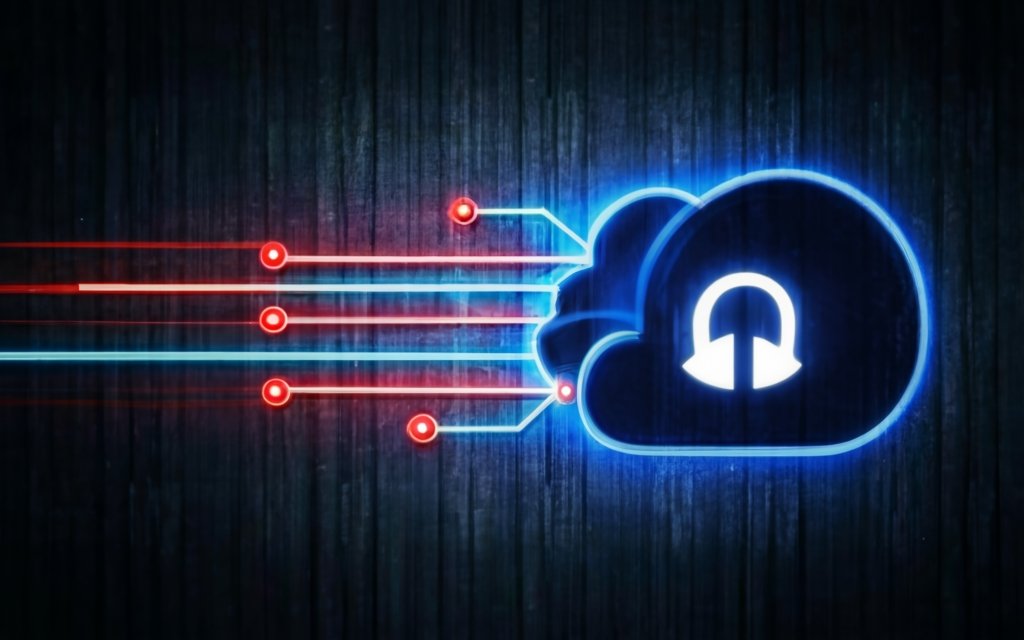In today’s digital age, a fast and responsive computer is essential for seamless productivity. If you find your system running at a snail’s pace, fret not! This blog will walk you through a series of effective strategies on how to speed up your computer for free, ensuring optimal performance without breaking the bank.
Is your computer struggling to keep up with your demands? Don’t rush to buy a new one just yet. There are several cost-effective ways to breathe new life into your existing system. From decluttering your hard drive to optimizing startup programs, follow these steps to revitalize your computer’s speed and performance.
Here’s a quick rundown of the key steps to speed up your computer:
- Declutter Your Hard Drive:
- Remove unnecessary files and programs.
- Utilize Disk Cleanup tools on Windows or Disk Utility on macOS.
- Organize Your Files:
- Establish a well-organized file structure.
- Transfer large files or media to an external drive.
- Uninstall Unused Programs:
- Remove applications you no longer need.
- Access the control panel or settings to uninstall.
- Manage Startup Programs:
- Disable unnecessary programs launching at startup.
- Use Task Manager on Windows or check Login Items on macOS.
- Update Your Operating System:
- Regularly install the latest updates for performance enhancements.
- Stay on top of bug fixes and security patches.
- Upgrade Your Hardware:
- Consider adding more RAM for improved multitasking.
- Upgrade to a solid-state drive (SSD) for faster data access.

Table Snippet:
| Step | Action |
|---|---|
| 1. Declutter Your Hard Drive | – Remove unnecessary files and programs.- Utilize Disk Cleanup tools. |
| 2. Organize Your Files | – Establish a well-organized file structure.- Transfer large files externally. |
| 3. Uninstall Unused Programs | – Remove applications you no longer need.- Access control panel or settings. |
| 4. Manage Startup Programs | – Disable unnecessary programs at startup.- Use Task Manager or Login Items. |
| 5. Update Your Operating System | – Regularly install the latest updates for enhancements and security. |
| 6. Upgrade Your Hardware | – Consider adding more RAM for multitasking.- Upgrade to an SSD for speed. |
Understanding the Need for Speed:
Before delving into the solutions, it’s essential to understand the factors that contribute to a slow computer. Over time, the accumulation of unnecessary files, fragmented data, and outdated software can bog down your system. Additionally, a cluttered hard drive, too many startup programs, and insufficient hardware resources can contribute to sluggishness. By addressing these issues systematically, you can rejuvenate your computer’s performance without breaking the bank.
Declutter Your Hard Drive:
The first step in revamping your computer’s speed is to declutter your hard drive. Over time, files and applications accumulate, taking up valuable space and slowing down your system. Begin by conducting a thorough audit of your files. Identify and delete redundant or unnecessary files, such as temporary files, old downloads, and duplicate documents. On Windows, leverage the built-in Disk Cleanup tool, while macOS users can use Disk Utility for a targeted cleanup.
Organize Your Files:
An organized file structure not only facilitates easier navigation but also contributes to a speedier system. Adopt a systematic approach to organizing your files by creating folders and subfolders for different categories of data. This not only makes it easier to find what you need but also aids in optimizing data access times. Consider transferring large files or media to an external storage device to free up space on your primary hard drive.
Uninstall Unused Programs:
Over time, we accumulate a multitude of applications that we rarely use. These unused programs not only take up valuable storage space but can also contribute to background processes that hinder performance. Take the time to review your installed programs and uninstall those that you no longer need. On Windows, navigate to the control panel and use the Programs and Features section, while on macOS, access the Applications folder to remove unnecessary software.
Manage Startup Programs:
One common reason for a slow boot time is an excessive number of programs launching at startup. Many applications configure themselves to start automatically when you turn on your computer, consuming valuable system resources. Take control of your startup programs by using the Task Manager on Windows or checking Login Items on macOS. Disable unnecessary programs from launching at startup to expedite the boot process.
Update Your Operating System:
Ensuring that your operating system is up-to-date is crucial for optimal performance. Operating system updates often include performance enhancements, bug fixes, and security patches. Regularly check for and install the latest updates provided by your operating system. On both Windows and macOS, you can find the update options in the system settings. Keeping your OS current not only improves performance but also ensures a secure computing environment.
Upgrade Your Hardware:
If your computer is still struggling after implementing software optimizations, it might be time to consider hardware upgrades. Adding more Random Access Memory (RAM) can significantly improve your computer’s multitasking capabilities. Upgrading to a Solid State Drive (SSD) is another impactful hardware change that can dramatically enhance data access speeds. While these upgrades may involve some cost, they can provide a substantial boost to your computer’s overall performance and extend its lifespan.
Conclusion:
In conclusion, a slow computer doesn’t necessarily warrant a hefty investment in a new system. By systematically implementing these strategies on how to speed up your computer for free, you can breathe new life into your existing machine. From decluttering your hard drive to considering hardware upgrades, these steps will empower you to optimize your computer’s performance, providing a faster, more responsive computing experience. Take charge of your system’s speed and efficiency – your productivity will thank you.
Frequently Asked Questions (FAQs)
Q1: Why is my computer running so slow?
- A: Computers can slow down due to various reasons, such as a cluttered hard drive, too many startup programs, outdated software, or insufficient hardware resources.
Q2: How can I speed up my computer for free?
- A: You can optimize your computer’s speed for free by decluttering your hard drive, organizing files, uninstalling unused programs, managing startup programs, updating your operating system, and considering hardware upgrades.
Q3: What is the importance of decluttering my hard drive?
- A: Decluttering your hard drive frees up valuable space and helps remove unnecessary files, improving your computer’s overall performance and responsiveness.
Q4: How does organizing files contribute to faster computer speed?
- A: An organized file structure streamlines data access, making it easier for your computer to locate and retrieve information, ultimately contributing to a speedier system.
Q5: Why should I uninstall unused programs?
- A: Unused programs can consume system resources and contribute to background processes, slowing down your computer. Uninstalling them frees up storage space and enhances performance.
Q6: What impact do startup programs have on computer speed?
- A: Too many programs launching at startup can prolong boot times and consume system resources. Managing startup programs ensures a faster boot process and more efficient system performance.
Q7: How often should I update my operating system?
- A: Regularly updating your operating system is crucial for performance enhancements, bug fixes, and security patches. Check for updates periodically to keep your system optimized.
Q8: Is upgrading hardware necessary to speed up my computer?
- A: While not mandatory, upgrading hardware, such as adding more RAM or transitioning to an SSD, can significantly boost your computer’s performance, especially if software optimizations alone are insufficient.
Q9: Can I speed up my computer without spending money?
- A: Yes, many effective strategies, such as decluttering, organizing files, and managing startup programs, can be implemented for free. Hardware upgrades, while beneficial, are optional.
Q10: How long does it take to see improvements after implementing these strategies?
- A: The timeframe for improvements varies, but you may notice immediate enhancements in startup times and overall responsiveness after implementing software optimizations. Hardware upgrades may require more time for noticeable effects.

